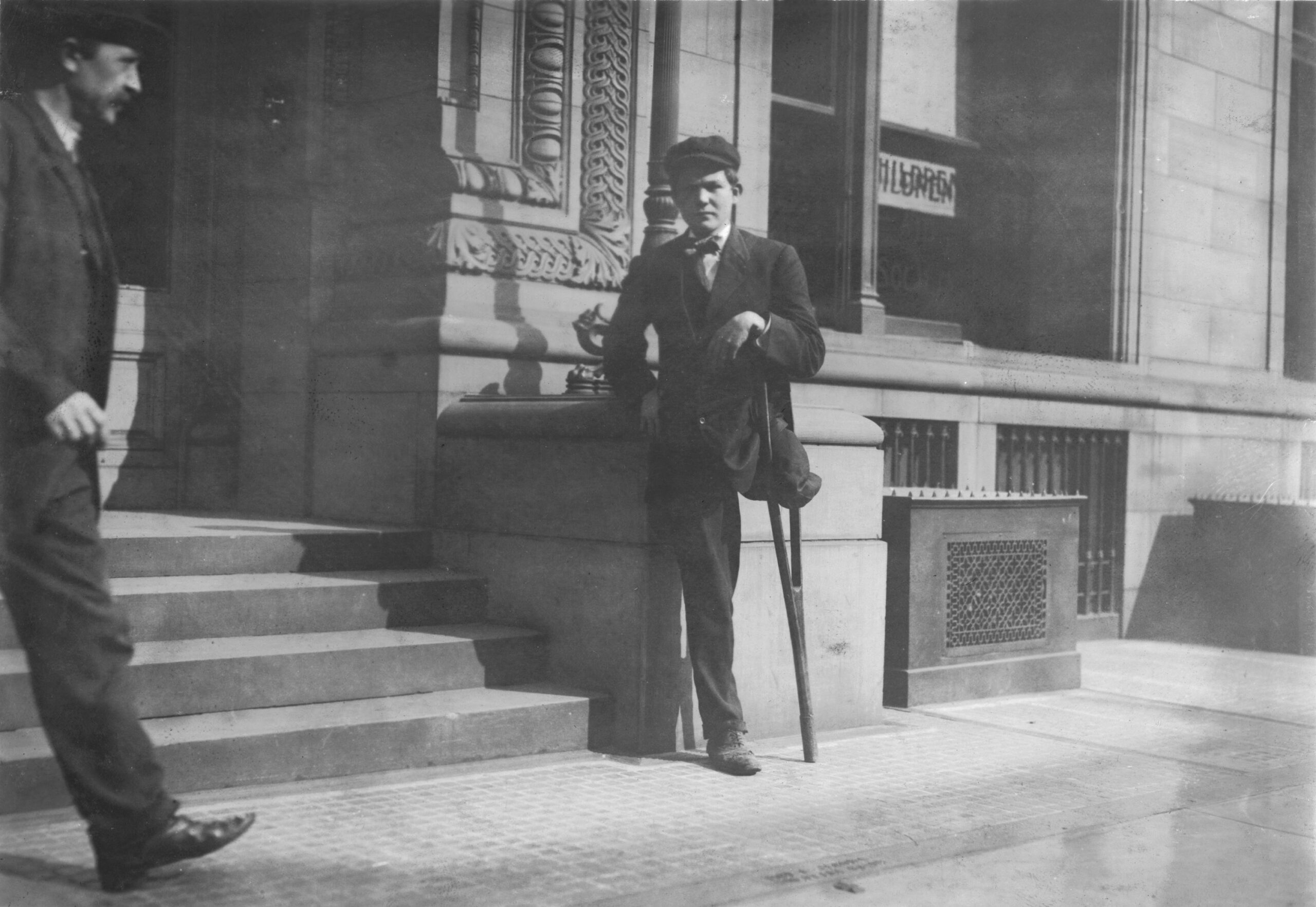Ancient Surgical Amputation Affirms Human Exceptionalism
When did humans acquire the knowledge and skills to perform complex surgeries?
The prevailing view among anthropologists has been that advanced surgical procedures are a relatively recent medical development. One of the most serious and difficult surgeries to perform is the amputation of a limb.1 As an example of the earliest complex medical act, medical textbooks date a successful surgical amputation of a limb that occurred around 7,000 years ago.2 A skeleton found in Buthiers-Boulancourt, France, reveals the remains of a neolithic farmer whose left forearm had been surgically removed and then the wound partly healed. Such an amputation requires comprehensive anatomical knowledge and understanding of the bones, muscles, nerves, arteries, and veins of human limbs, surgical tools, surgical skill, and advanced hygienic treatment of wounds.
Ancient Surgical Amputation
Now, a discovery made in the Liang Tebo cave of Borneo (Southeast Asia) by a team of archaeologists and anthropologists led by Tim Ryan Maloney pushes back the date for a successful amputation of a human limb to 31,000 years ago.3 This earlier date supports the biblical notion that humans have been created in the image of God.
Liang Tebo is a three-chambered limestone cave with preserved rock art in the uppermost chamber. In 2020, archaeologists excavated the central floor of the cave’s largest chamber. They found the skeletal remains of a young adult who had been buried intentionally. Analysis of the skeleton established that the distal third of the left lower leg had been surgically amputated. The trauma pattern in the lower leg bones is not consistent with nonsurgical amputation. This skeleton showed clean oblique sectioning where both the tibia and fibula are severed at the same position relative to the knee. Nonsurgical amputations resulting from accidents or animal attacks don’t reveal such precise sectioning. Nor was there any evidence of crushing fractures. The analysis also revealed that the individual had lived for another 6–9 years after the amputation.
In the same grave layer in which the skeleton was found, Maloney’s team found two charcoal samples and a third charcoal sample in the skeleton’s pelvis bones. The latter sample yielded a carbon-14 date of 31,110–30,437 years ago. The other two charcoal samples had measured carbon-14 dates of 31,529–31,054 and 31,133–30,437 years ago. Hence, Maloney’s team inferred a secure date for the skeleton = 31,201–30,714 years ago. Not only does the Liang Tebo skeleton rank as the oldest known evidence of successful limb surgery, it’s also the oldest evidence of the intentional burial of a modern human in Southeast Asia.
Early Sophisticated Civilization
This evidence of a successful limb amputation surgery demonstrates that modern humans living 31,000 years ago had developed and employed sophisticated medical knowledge and skills. The “surgeon(s) who amputated this individual’s lower left leg must have possessed detailed knowledge of limb anatomy and muscular and vascular systems to prevent fatal blood loss and infection.”4 The surgeon(s) also must have understood the need to amputate the limb for the individual’s survival.5 That the individual lived in a rugged mountainous region for an additional 6–9 years after the amputation shows that the individual must have benefitted from the support and health care from his or her tribe.
The same cave contains figurative art and hand stencil art.6 The date range for this art is 37,200–51,800 years ago. In previous articles, I described discoveries that showed that early humans were harvesting grains, roasting and grinding them, and baking bread products at least as long ago as 32,600 years.7
Advanced art, bread-making, and sophisticated medical surgery demonstrated by humans living 30,000–40,000 years ago substantiate the Bible’s account in Genesis 2–4 of early humanity’s history and the industry and technology expressed by the first humans. It also shows that the unique human attributes of inventiveness and the motivation and capability for technological advance didn’t evolve over tens of thousands of years. In spite of the extreme climate instability and low atmospheric carbon dioxide levels that seriously limited crop productivity during the last ice age, early humans, nevertheless, achieved remarkable technological and artistic achievements. The more scientists learn about those achievements the stronger becomes the evidence for the biblical doctrine of human exceptionalism.
Endnotes
- Anna Mavroforou et al., “The Evolution of Lower Limb Amputation through the Ages,” International Angiology 26, no. 4 (December 2007): 385–389, https://www.researchgate.net/publication/5756742_The_evolution_of_lower_limb_amputation_through_the_ages_Historical_note.
- Cecile Buquet-Marcon, Charlier Philippe, and Samzun Anaick, “The Oldest Amputation on a Neolithic Human Skeleton in France,” Nature Precedings (October 30, 2007): id. 1278, doi:10.1038/npre.2007.1278.1.
- Tim Ryan Maloney et al., “Surgical Amputation of a Limb 31,000 Years Ago in Borneo,” Nature 609 (September 7, 2022): 547–551, doi:10.1038/s41586-022-05160-8.
- Maloney et al., “Surgical Amputation of a Limb,” 551.
- Adzim Poh Yuen Wen et al., “Successful Ankle Replantation in Two Cases with Different Presentations,” Archives of Plastic Surgery 47, no. 2 (March 2020): 182–186, doi:10.5999/aps.2018.00514.
- M. Aubert et al., “Paleolithic Cave Art in Borneo,” Nature 564 (November 7, 2018): 254–257, doi:10.1038/s41586-018-0679-9.
- Hugh Ross, “Confirmation That Early Humans Were Making Bread,” Today’s New Reason to Believe (blog), Reasons to Believe, August 27, 2018; Hugh Ross, “The First Humans Developed Food-Processing Technology,” Today’s New Reason to Believe (blog), Reasons to Believe, October 5, 2015.






